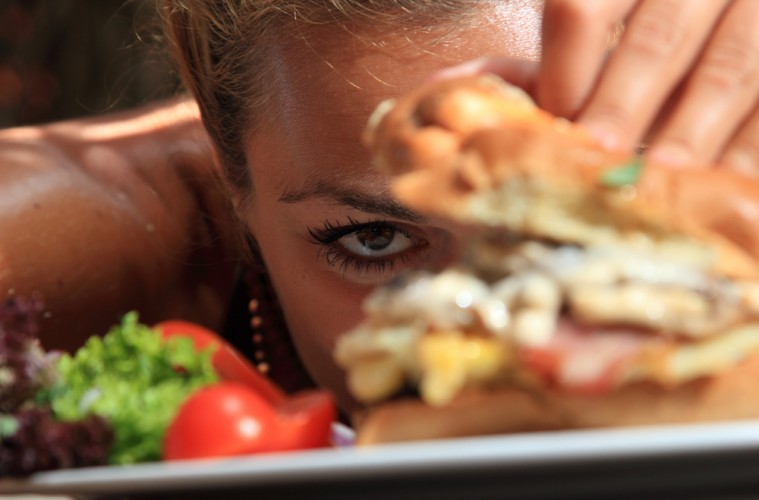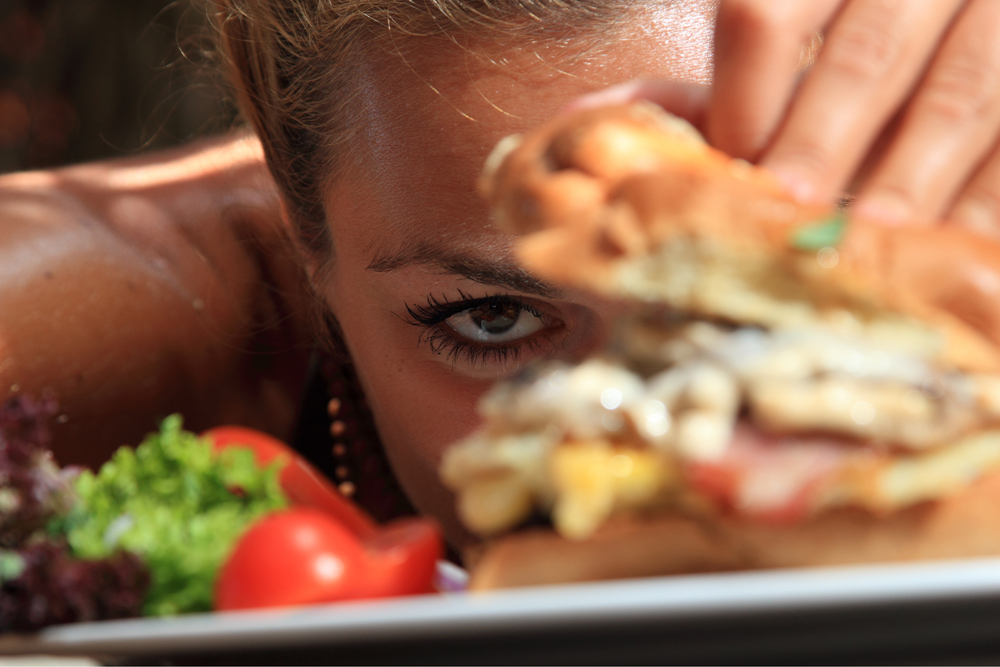[tps_header]
[/tps_header]
Written by Kirstin Stokes Smith | You don’t have to be blessed with a humming metabolism to eat out and keep your figure at the same time. All you need is a bit of knowledge about healthy eating and restaurant “red flag” words. We’re talking about popular menu words that secretly denote “calories galore”.
According to Darya Rose, “Restaurants have made an art of luring you in with their words and making dishes sound absolutely irresistible, regardless of how they actually taste.” She says dishes that we assume are healthy, such as Thai chicken salad, are often chockfull of extra sugar, salt, and processed oils that raise the calorie count significantly.
Most of us are quite aware that we need to steer clear of highly processed foods in favor of whole foods. We also know that the sauces, dressings, and other ingredients that add so much flavor to many whole foods, can quickly turn a healthy bite into a calorie and chemical-laden meal. An easy way of decoding items on a menu is to ask your server how the food is prepared. Nonetheless, there’s only so much “reading between the lines” you can do.
Restaurant “green-flag” words:
Baked, Boiled, Broiled
Fat free, Fresh, Grilled
High Fiber, Light, Marinated
Multi-grain, Poached, Red sauce
Reduced, Roasted, Seasoned
Steamed, Stir-Fried, Vegetarian
Vinaigrette, Whole Wheat
Spiced, Rubbed, Baked
Restaurant “red-flag” words:
A la mode: code for topped with ice cream
Aioli: flavored mayonnaise
Au gratin: cooked in butter and/or cream and topped with cheese or breadcrumbs
Battered: coated in (delicious!) batter and then deep-fried
Bechamel: the base of most white sauces, named for Louise XIV’s steward, Louise de Bechamel
Bisque: thick, cream-based soup
Carbonara: cream, eggs, Parmesan cheese and bacon sauce
Crispy: most often used to describe fried food, as is the next word on the list:
Goldenestaurant restaurant restaurant
Refried: umm, see above. It’s usually used to describe beans fried in lard
Roux: mixture of flour and fat that’s used to thicken soups and sauces
Sauteed: may sound healthy, and it’s often used as such, but the level of health is directly proportional to the amount and the type of oil or fat the food is cooked in. (Think vegetable fats = good, animal fats = bad)
Smothered: unless the dish is “smothered in fresh lettuce” watch out – it’s most often “smothered” in creamy sauces or cheeses
Tempura: another fancy word for “deep-fried”
Terrine: dish made from small pieces of cooked meat, fish, or veggies pressed together into a cooking dish called a terrine. Also known as pate, it’s made from pork fat (see above re: animal fats).
Using these lists as a reference point, you can confidently order from any restaurant menu and not consume half a day’s worth of calories in one sitting. You may also find that shifting to the healthier choices on the menu will not only make you feel better about yourself when you’re ordering, you’ll likely have more energy post-meal too because your body won’t be weighed down digesting a fatty, sodium-rich meal.



